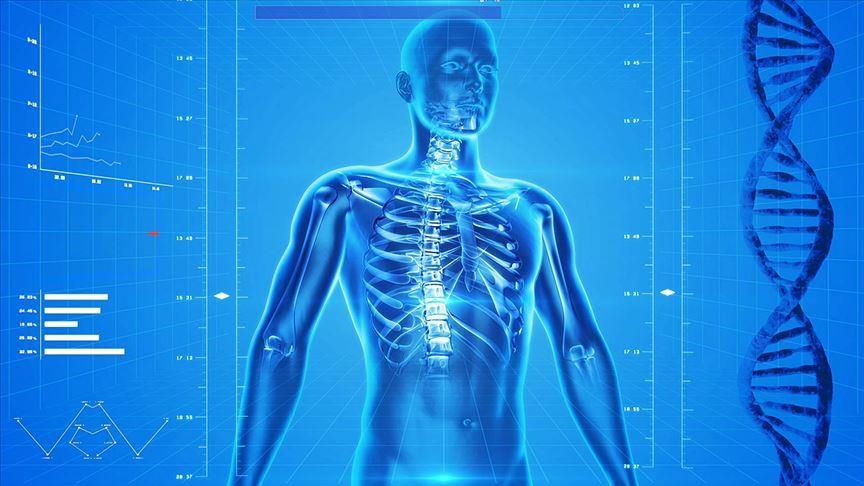Automated algorithm may detect heart, fracture risks in routine bone scans
AI tool flags cardiovascular risk in under a minute, offering early diagnosis for millions

ANKARA
Researchers in Australia and Canada have developed a machine learning algorithm capable of identifying cardiovascular risks, as well as fall and fracture potential, using standard bone density scans, according to a statement Tuesday by Australia’s Edith Cowan University (ECU).
Created in partnership with the University of Manitoba, the automated system analyzes vertebral fracture assessment (VFA) images to detect abdominal aortic calcification (AAC) -- a key marker for heart attacks, strokes, and falls. The breakthrough could enable earlier, more comprehensive diagnoses during routine osteoporosis screenings, particularly benefiting older adults.
Unlike traditional assessments of AAC, which take 5 to 6 minutes per image and require a trained expert, the new AI-driven tool can scan thousands of images in under a minute, making it highly efficient for large-scale screening.
During the study, ECU research fellow Dr. Cassandra Smith found that 58% of older adults undergoing bone density tests had moderate to high levels of AAC, with one in four unaware they were at high risk of a cardiovascular event.
"Women are recognized as being under-screened and under-treated for cardiovascular disease," Smith said, adding this tool allows doctors to leverage existing scans from low-radiation, widely available machines to flag high-risk individuals who would otherwise go unnoticed.
Using the same algorithm, ECU senior research fellow Dr. Marc Sim observed that patients with higher AAC scores were also more likely to be hospitalized due to falls and fractures.
“The higher the calcification in your arteries, the higher the risk of falls and fractures,” Sim explained. He noted that vascular health is often overlooked in fall risk assessments and that this algorithm could significantly change clinical practice.








